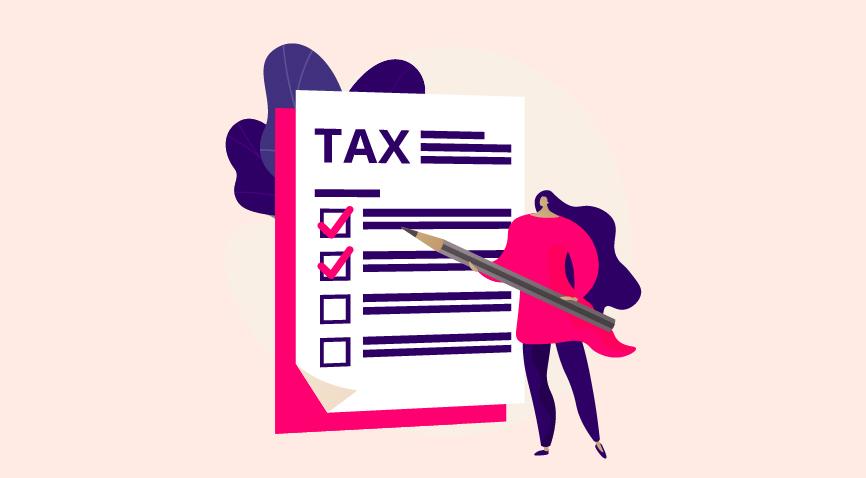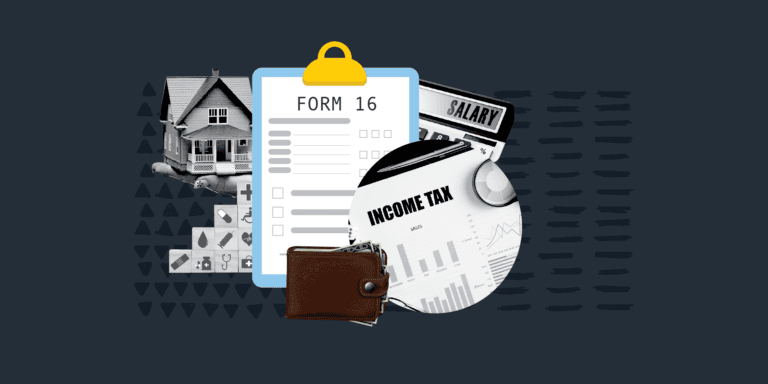Sample: Things to Keep in Mind When Filing Income Tax Returns (ITR) After Retirement

Pensioners need to pay taxes if their total earnings exceed the maximum tax exemption limit. The maximum tax exemption limit for pensioners (aged between 60 and 80 years) is Rs 3,00,000. If a pensioner is more than 80 years old, the standard cut-off is Rs 5,00,000.
There are mainly two forms of pension:

- Uncommuted pension: This involves making periodical payments every month.
- Commuted pension: When a person receives a lump sum after surrendering a certain amount of money, it is known as commuted pension.
What are the forms available for filing ITR after retirement?
ITR 1
It is also known as the Sahaj Form. It applies to individuals who are earning up to Rs 50 lakhs from the following sources of income:
- Salary
- Pension
- Income earned from a house property
- Income earned from other sources
ITR 2
The ITR Form 2 needs to be filled out in those cases where one is not eligible for filing ITR 1.
- Salary
- Pension
- Income earned from a house property
- Income earned from other sources
- Capital gain
- Foreign income or assets
- Agricultural income above Rs 5,000
Important factors to keep in mind at the time of filing ITR:

- If you are earning from selling equity mutual funds or equity shares, this must be duly mentioned at the time of filing ITR. If you are selling a property, share all relevant details of the buyer.
- To make the process easier for individuals, the Income Tax (I-T) Department of India has provided a pre-filled ITR 1 Form on its website. A pensioner can scrutinise the template and start filling out his or her own form. But the most important thing to remember is that you must fill out the relevant ITR form. At the time of filing ITR, cross-check all the information from the documents available with you. You can download the pre-filled XML file and import it to the Excel utility.
- When you are filing ITR after retirement, ensure that you have all the documents needed. If pension is the source of your income, make sure that you properly fill out ITR 1 or ITR 2, depending on an individual case and as per the availability on the I-T department website. The best part is that such information as your income details, TDS deductions and PAN details are already filled out in your form.
- You need to properly calculate your income after retirement or your income from a pension. In this case, the pension amount is taxed under the ‘salary section’. The money that one receives after retirement could be counted as commuted pension. If a retired person is earning an income on a periodical basis, it is known as uncommuted pension, which is fully taxable.
- In some situations, commuted pensions are also tax-exempted if they are received by any other members of a family who are liable to pay taxes, as getting income from other sources fall under the taxable slab.
- So, for all this, you need to be aware of Section 57 of the Income Tax Act. A family pension is a monthly income that a family member is getting following the demise of an employee of an establishment; in that case, if the income exceeds the tax exemption limit, then the family pension is taxable.
- To avoid paying extra taxes, it is necessary to decide the head under which pension becomes taxable. In case the employer has provided retirement benefits, an employee is required to provide the retirement information at the time of filing ITR so that it tallies with the information on Form 16.
- In case the employer is deducting a certain portion of the pension amount, it should be mentioned in the TDS schedule so that a pensioner can get a refund for all the tax deducted at the source.
- Go through the 26AS Form properly. You can even download the same from the website of the I-T Department. Verify the details with Form 16 given by your employer.
Conclusion:
Basically, the process of filing income tax returns for senior citizens is the same as that for all individuals. If you are a senior citizen and still facing difficulties while filing income tax returns, you can seek help from an experienced chartered accountant.

Latest Blogs
Explore how Google’s 2025 AI search updates triggered ranking chaos. Learn actionable strategies to adapt your SEO for AI Overviews, zero-click searches, and SERP volatility. Stay ahead now.
Learn how to rank on AI search engines like ChatGPT, Perplexity, and Gemini by optimizing your content for authority, structure, and relevance. Stay ahead in AI-driven search with this strategic guide.
Explore the best healthcare SEO services for your medical practice. Improve online visibility and effectively reach more patients in need of your services.
Get your hands on the latest news!
Similar Posts

Accounting and Taxation
3 mins read
Sample: How to File Your Income Tax Returns (ITR) Online?

Accounting and Taxation
3 mins read
Sample: What Deductions to Claim When Filing ITR?

Accounting and Taxation
3 mins read